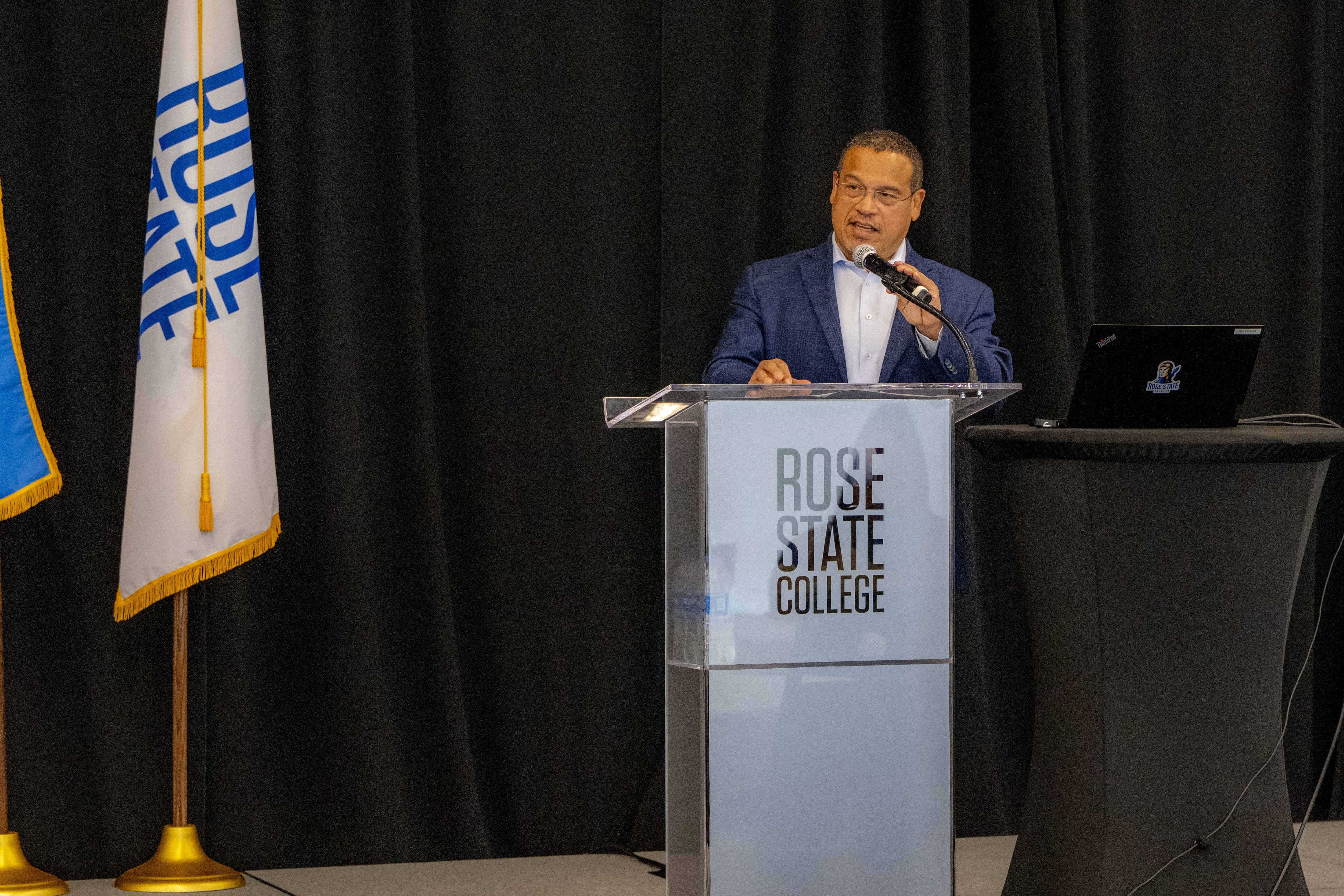Mental and Physical Qualifications
Radiography is a physically demanding profession. The Program is, by school charter, able to accept all students who qualify academically. The American Registry of Radiologic Technologists has specific objectives that must be met by all persons that apply to sit for the National Registry, and are not subject to change. Employers will have very specific job descriptions that must be met by those who seek employment as radiographers. The following general guidelines are based on job descriptions of hospitals in the area.
Manual dexterity, range of motion, coordination and strength to:
- Adjust, manipulate and move a variety of x-ray machines and controls with speed and accuracy
- Arrange, attach, and adjust supportive devices
- Write neatly and legibly
- Reach over the head numerous times in the course of a day
- Bend, lift, turn, grasp and squat with full motion
- Climb stairs, stools, and ramps
- Provide physical support to patients during radiographic procedures
- Transport, move and lift patients
- Stand and walk for eight hours
- Wear a 15-20 pound lead apron for hours while standing
- Exert 100 pounds of force occasionally, 50 pounds of force frequently and 20 pounds of force constantly
Adequate visual acuity to:
- Be able to observe and assess patient behavior
- Read printed and handwritten material, meters, gauges, and computer monitors
- Assess patients non-verbally to include changes in respiratory rate and effort and changes in skin tone
- Evaluate radiographs in shades of gray for detail, positioning, exposure factors, anatomy, and other information
Adequate verbal skills to:
- Communicate effectively in order to explain to and direct patients during their radiographic examinations
- Provide emotional support to patients during radiographic procedures
- Communicate in a professional manner with various health care colleagues regarding radiography and patients
- Use an intercom and telephone
Adequate auditory acuity to:
- Use a telephone
- Respond to verbal communications and commands given through a mask over the face, in a darkened room, and when the speaker has their back turned
- Perceive the nature of sounds of machinery
- Distinguish sounds such as patient breathing, wheezing, or gasping
- Employ a stethoscope for the evaluation of blood pressure of a patient
Be capable of:
- Handling stressful situations related to technology, procedures, or patient care
- Providing emotional support to patients during radiographic procedures
- Responding effectively and quickly to situations requiring first aid or emergency care of patients until more qualified help can arrive
Student Pregnancy Policy
If you are a student enrolled in radiography at Rose State College, you are given the option to inform or not inform program officials of your pregnancy status. If officials are informed, it must be submitted in writing. Additional radiation monitoring will be arranged. In the absence of this voluntary and written disclosure, you as a student cannot be considered pregnant. For more specific information regarding this policy and how it may affect your position as a student radiography refer to the program Policies and Procedures manual which is available in the program office. Additional information is available on the Nuclear Regulatory Commission website.



